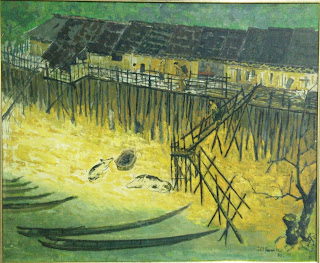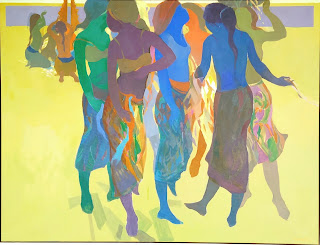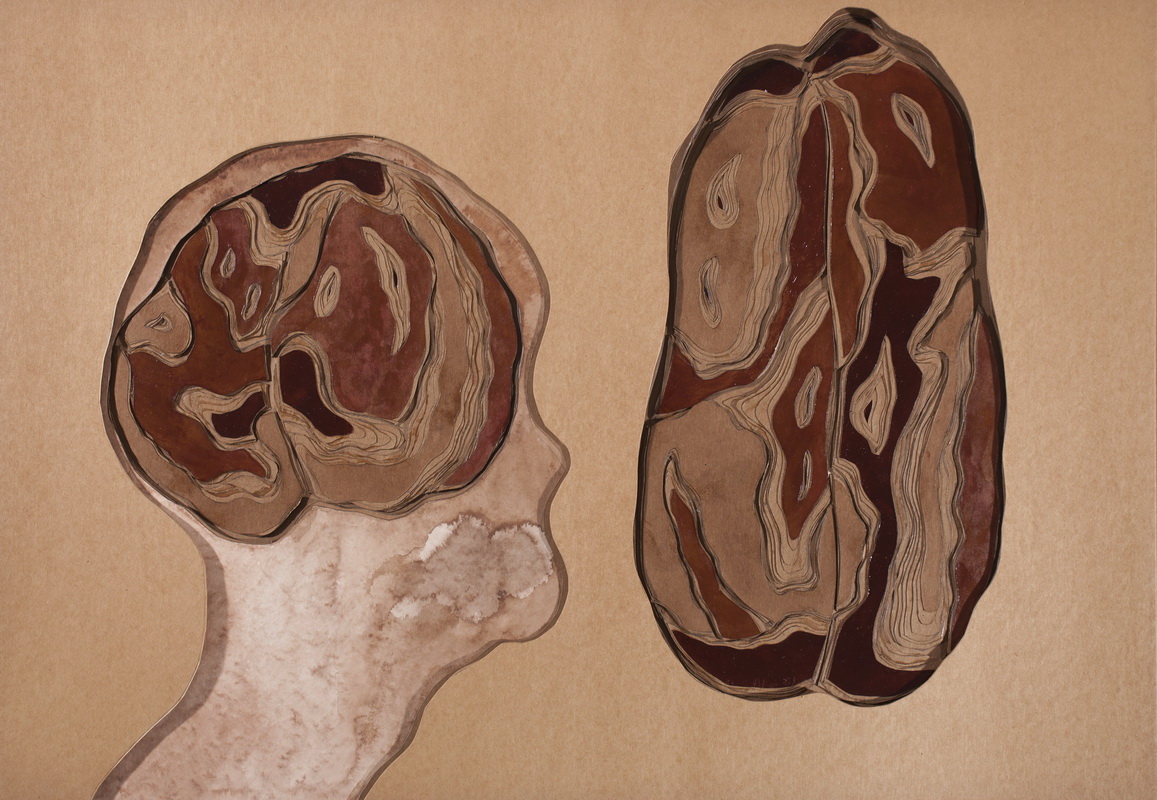Symphony of Unity @ Sasana Kijang

As Malaysians demonstrated unity by thronging the streets donned in yellow, many whom took the opportunity to “re-discover” the streets of Kuala Lumpur, it is a pity they did not venture out to Sasana Kijang for an invigorating dose of art. Intentional curatorship is unnecessary when broad categories are adhered to, and the extra effort here to pair pictures up make for a wonderfully pleasant walkthrough. Having seen many pastoral works hung on these walls, two pairs of collaged women stand out. Redza Piyadasa’s horribly garish ‘Two Malay Women’ sets off Norma Abbas’ ‘Two Heads Better Than One’ to great effect. Photocopied images of traditional dress are juxtaposed with the latter’s multifaceted women, whose short hair and trendy tops denote a cosmopolitan setting. Norma Abbas - Two Heads Better Than One (1989) In a clash of approaches, the formal idealism in ethnic Chinese artists is compared with the honest and straightforward depictions by ethnic Malay artists. In ‘Wedding



